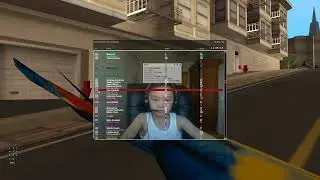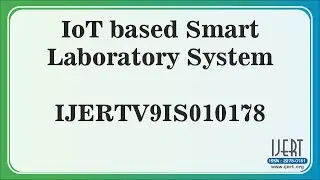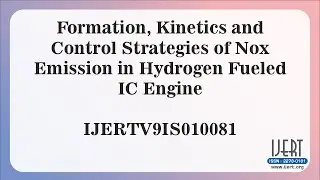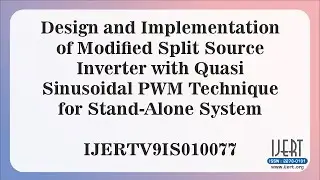Energy Management in Grid Connected Photovoltaic System
👇Download Article👇
https://www.ijert.org/energy-manageme...
IJERTV9IS020189
Energy Management in Grid Connected Photovoltaic System
Raja Azad Kumar Mishra , Prof. Ashok Kumar Mahapatra , Amit Goshwami
The use of renewable energy sources is increasing and will play an important role in the future power systems. The unpredictable and uctuating nature of solar power leads to a need for energy storage as the prevalence increases.
A ve parameter model of PV modules has been implemented in Simulink/Matlab. The parameters of the model are determined by an approximation method using data sheet values. Inputs to the model include light intensity and ambient temperature. The outputs are any measurements of interests as well as power, current and voltage. A maximum power point tracking algorithm is used to keep the voltage at the maximum power point at all times. utilization of a boost converter for control of photovoltaic power using Maximum Power Point Tracking (MPPT) control mechanism is presented. The Perturb and Observe algorithm utilized for MPPT is a generalized algorithm and is easy to model or use as a code. A battery storage system based on li-ion battery is connected with the photovoltaic plant to store the extra energy generated and/or to fulfil the requirement of the connected load at the time of any discontinuity of the grid supply or any load changes in the grid system. The PV plant with MPPT controller and boost converter is integrated into the AC utility grid by DC/AC inverter to control the active and reactive powers for the desired power factor at the connection point.
This work deals with the management of Energy Storage System connected in a microgrid with a PV array and regulate the battery charge, hold and discharge operations using DC-DC bidirectional converter based on the requirement of the Load. The PV array along with the battery and load is simulated for various conditions such as PV supplying and charging the battery, PV supplying only the load, battery supplying the load and PV-Battery both supplying the load. In this dissertation, different cases are simulated, and the results have verified the validity of models and control schemes.































